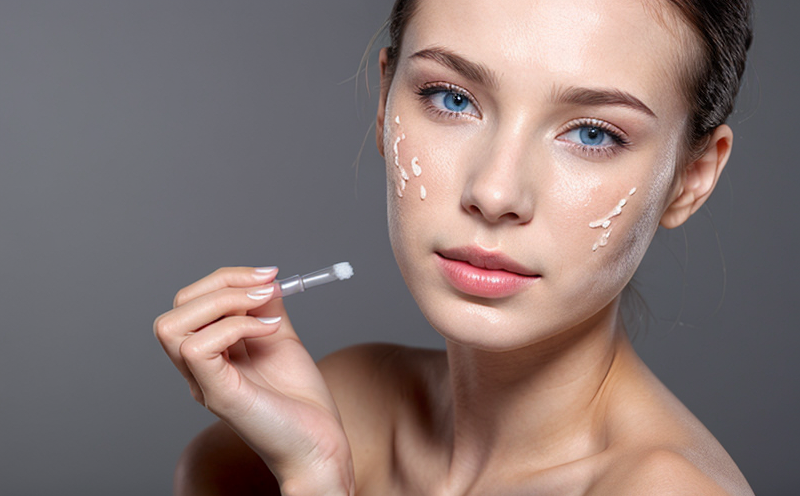Irritation Testing of Toners and Cleansers
The irritation testing of toners and cleansers is a critical step in ensuring the safety and quality of cosmetic products. This test assesses the potential for skin irritation caused by these formulations, which are often used on sensitive areas like the face and neck. Proper formulation and rigorous testing are essential to prevent adverse reactions that could compromise consumer trust and satisfaction.
Understanding the mechanics behind this type of testing is crucial for those in the cosmetic industry. Toners and cleansers can vary widely in their formulation, from simple alcohol-based solutions to complex mixtures incorporating various active ingredients such as antioxidants, exfoliants, and humectants. Each ingredient brings a unique set of properties that could potentially contribute to irritation.
The testing process involves several steps, each designed to simulate real-world conditions where the product might come into contact with the skin. The first step is selecting the appropriate test subject(s). For toners and cleansers, this typically includes human cadaver skin or excised porcine (pig) skin. These models are chosen for their similar structure to human skin, which allows for accurate prediction of irritation potential.
The next step involves preparing the product according to standard protocols. This can include diluting the toner or cleanser in a buffer solution that mimics the pH and ionic strength of natural skin fluids. The specimen is then applied to the test subject, either by direct contact or through application on cotton pads.
The application duration varies depending on the specific protocol being followed, but it is typically set to simulate typical usage scenarios. After the exposure period, the skin is observed for signs of irritation such as erythema (redness), edema (swelling), and other visible reactions. The severity of these reactions is graded using standardized scales like the Erythema Score or the Scoring System for Skin Sensitization.
The results from this testing are not only critical for ensuring product safety but also provide valuable data for formulation adjustments. For instance, if a toner causes excessive redness, further analysis may reveal that certain ingredients need to be adjusted or replaced with less sensitizing alternatives.
- Why Choose This Test: Ensures safety and compliance with international regulations.
- International Acceptance and Recognition: Widely recognized by regulatory bodies worldwide.





